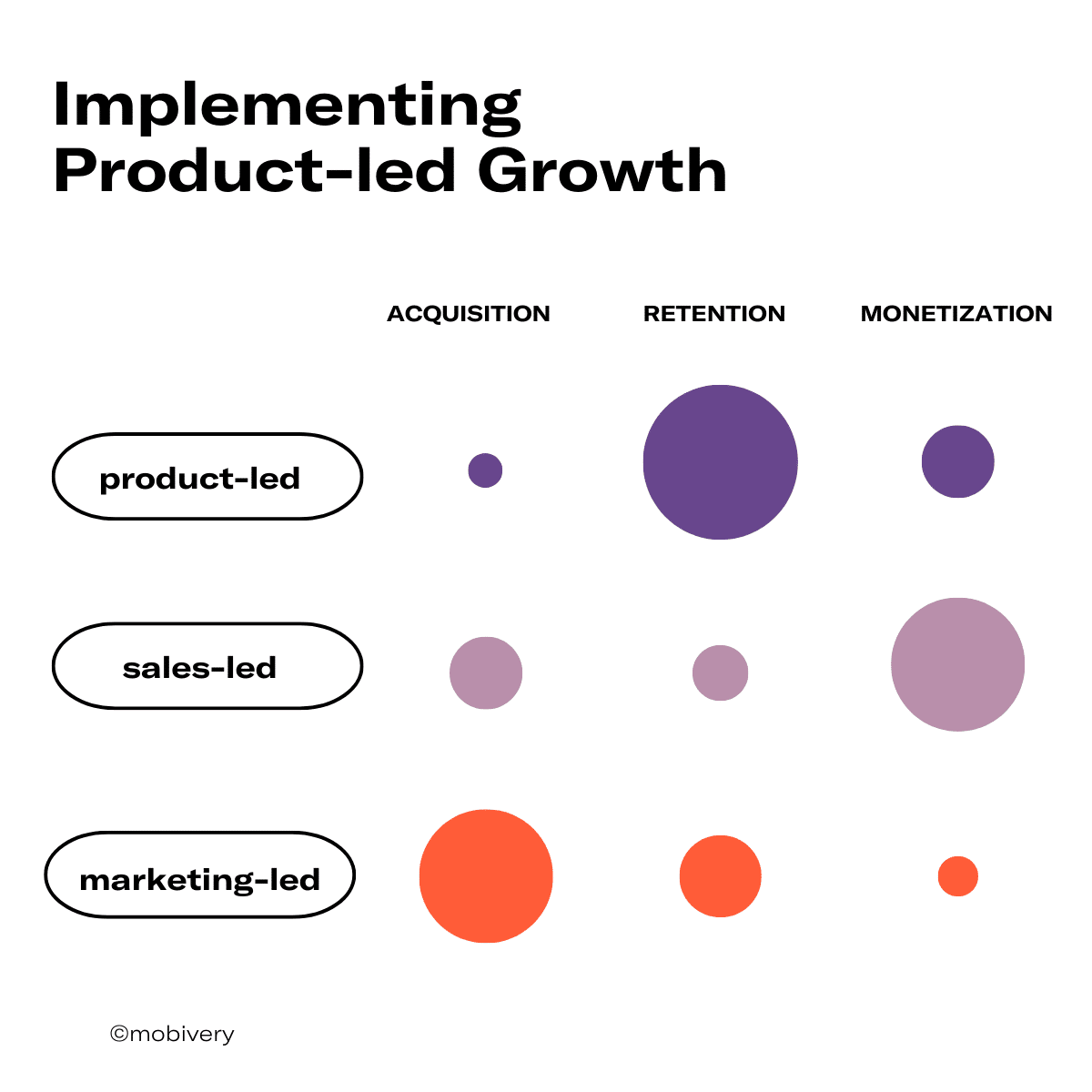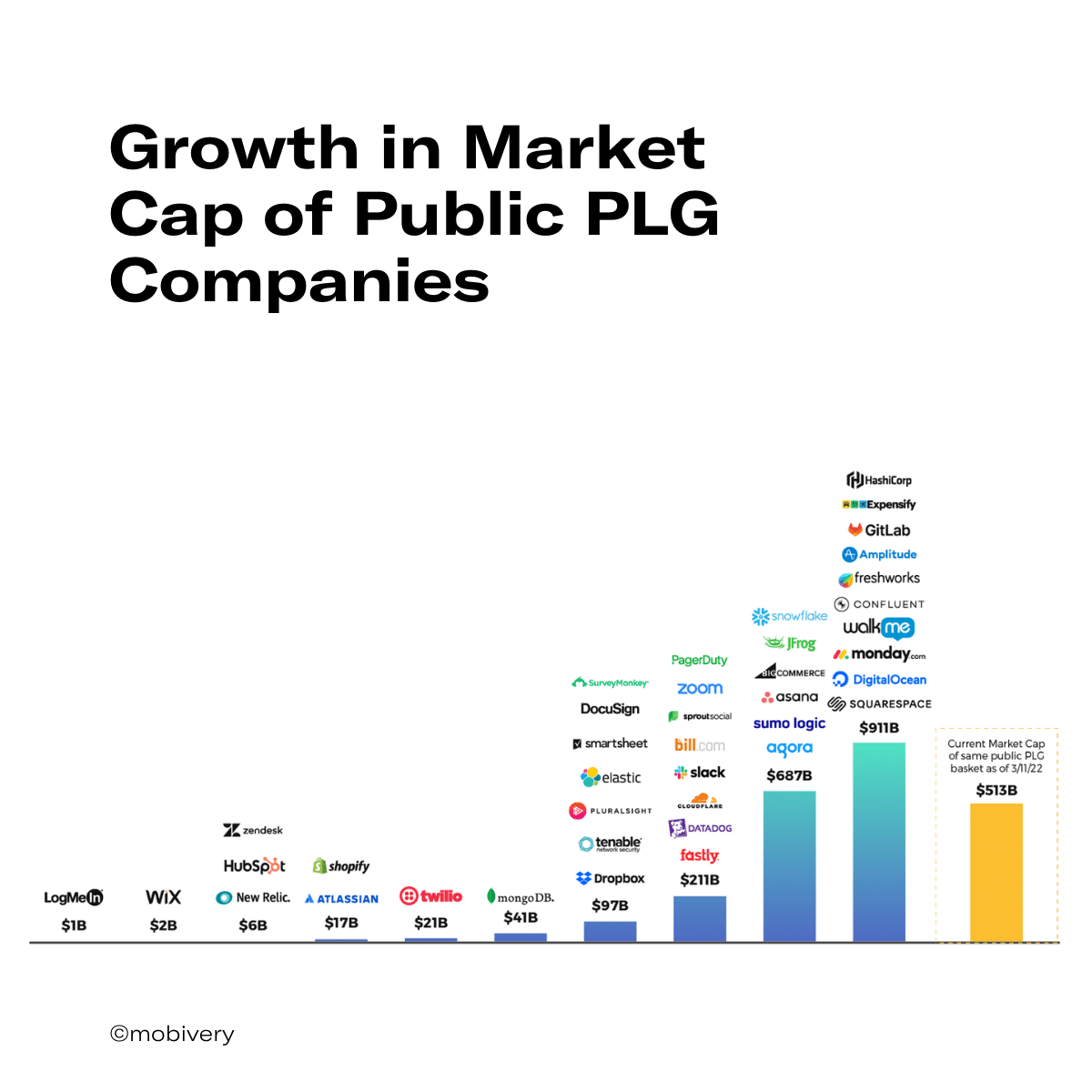What is Product-led Growth?
Product-led Growth (PLG) is a business growth strategy that centers around the product. Instead of relying on traditional sales or marketing strategies, companies following this approach position their product as the primary driver for customer acquisition, activation, and retention.
This model is based on the idea that if a product is valuable, user-friendly, and effectively disseminated, users will adopt it and share their experience with others, leading to organic and sustainable growth.
How does Product-led Growth work?
In the implementation of PLG, the product serves as the primary acquisition channel. Users can sign up, start using the product immediately, and discover its value without the need to interact with a sales team.
PLG-focused companies prioritize creating products that are intuitive and useful from the outset. They use tactics such as free trials, freemium models, and limited features, allowing users to try the product before committing to a purchase.
How does Product-led Growth Differ from other growth models?
PLG differs from other growth models like Sales Led and Marketing Led. In a Sales Led approach, the traditional sales process is the primary driver for customer acquisition, whereas in Marketing Led, marketing plays a prominent role.
In contrast to these models, PLG relies on the product itself to acquire and retain customers, minimizing the need for costly sales forces or marketing strategies.

Benefits of Product-led Growth
Product-centered companies are renowned for creating high-quality products that consistently deliver value to the end user. However, there are benefits beyond creating excellent products and customer satisfaction:
1. Scalable and Sustainable Growth: PLG enables organic and scalable growth as more users adopt the product and share it with others.
2. Lower Customer Acquisition Cost (CAC): Acquiring customers through the product is often more cost-effective than traditional sales strategies.
3. Higher Customer Retention: Users who discover the product’s value themselves tend to be more committed and loyal.
Key Metrics to Understand in Product-led Growth
To comprehensively measure and evaluate the success of PLG, it’s essential to understand and track some key metrics:
User Engagement: Measures user interaction and engagement with the product.
Retention: Critical for assessing your company’s ability to retain users over a specific time period. High retention rates indicate satisfied and committed long-term users.
Conversion Rate: Evaluates the proportion of users transitioning from free users to paying customers.
Time to Value: This metric refers to the time it takes for a user to derive value from your product. The shorter the time to value, the better, as it can enhance customer satisfaction and retention.
Acquisition: Acquisition refers to the process of acquiring new users or customers. Product-led growth should include an acquisition strategy that attracts the right audience.
These metrics will help you thoroughly evaluate the effectiveness of your product-led growth strategy.
How to Implement a Product-led Growth Strategy
This innovative strategy recognizes that successful companies excel at understanding their customers’ needs and providing tailored solutions. The path to becoming a product-led company is unique for each organization and influenced by factors such as industry, product type, and company maturity. To embark on a fruitful journey, focus on the following key areas:
1. Prioritize Customer Experience and Engagement: Begin by gaining a deep understanding of your customers’ needs and delivering a pleasant experience at all touchpoints, from your website and mobile app to customer service interactions and emails.
2. Embrace Innovation: Long-term success demands continuous product improvement based on customer feedback and data insights. Allocate resources to product research to discover new growth opportunities.
3. Master Data Analytics: Strong data analytics knowledge is fundamental. Use data to measure success, understand customer behavior, and optimize the user experience to foster customer retention. Keep a close eye on key metrics and make informed decisions.
4. Infuse the Philosophy Throughout the Organization: Every team must align their goals to concentrate resources and time on delivering the best customer journey. This collaborative approach involves all teams, including marketing, sales, and analysts.
5. Define the ‘North Star’: The North Star represents the intersection of customer value and business value your product provides. This sets a unique focus for your product teams, ensuring that product improvements genuinely impact users.
6. Leverage Behavioral Analytics: Making data-driven decisions based on user behavior is critical for product-led growth. Behavioral analytics can track every interaction between your product and its users, revealing what users find valuable.
Remember that product-led growth requires ongoing commitment and dedication to customer-centric innovation.

Associated Challenges
While PLG comes with its advantages, it’s not the right strategy for every business. Some of the associated challenges include:
1. Initial Investment Requirements: Creating a high-quality product may require a significant initial investment. Research and development investment will be necessary to ensure your product meets customer demands.
2. Pricing Model: An effective pricing model that attracts customers and provides a profitable margin must be established.
3. Difficulty in Certain Market Niches: In some highly regulated markets or industries, PLG might not be the best option.
4. Ongoing Commitment: Product innovation and customer satisfaction should be at the core of your business philosophy. It’s also essential to continuously evaluate and measure the success of your growth initiatives to identify areas of improvement and plan for future success.
While it can be a powerful tool for success, it’s crucial to understand the challenges it entails to prepare adequately. It’s important to note that it requires ongoing commitment and dedication.
Examples of Product-led Businesses
Successful examples of companies that have implemented the PLG model include:
1. Dropbox: Dropbox is a classic example of a company that has successfully implemented PLG. Their primary focus is to offer a free version of their cloud storage service. Users can sign up and use Dropbox for free, allowing them to store and share files. Additionally, Dropbox employs a referral system where users can earn additional storage space by inviting friends. This approach has driven viral growth for the platform. When users need more space or additional features, they can opt for paid plans with higher storage capacities and advanced functionalities.
2. Slack: Slack has transformed team communication and workplace collaboration. They provide a free version that allows teams to use most essential features. Users can join Slack teams, create channels, send messages, and share files for free. As teams grow or require more advanced features, such as integration with other applications, Slack offers paid plans that unlock these additional features. Slack also benefits from word-of-mouth recommendations as teams invite others to join the platform.
3. Canva: Canva is a popular graphic design platform. They offer a wide range of design tools with a user-friendly interface. Users can sign up and start designing immediately for free. Canva follows a freemium model where they offer additional features, premium templates, and graphic elements in their paid version. The simplicity and accessibility of the free version attract a broad audience, including students, entrepreneurs, and professionals. As users discover value in Canva, some choose to upgrade to the Pro version to access more resources and capabilities.
These examples illustrate how these companies offer high-quality products or services for free or at a low cost, attracting a large user base. They then generate revenue through upgrades, premium features, and subscription plans that cater to users’ needs as they progress in their product journey. Growth is often driven by referrals and recommendations from satisfied users.

Tips for Ensuring Success
- Understanding your audience: Get to know your users’ needs and desires to design a product that genuinely solves problems.
- Maintaining simplicity: A user-friendly product tends to attract and retain more users.
- Prioritizing the user experience: Make the user the number one priority.
- Creating a transparent pricing policy: Ensure your pricing is clear and easy to understand. Avoid hidden costs or unpleasant surprises.
- Continuously reviewing the product: Constantly improve the product’s value proposition.
- Delivering the “aha moment” as soon as possible: When users sign up, they should quickly see the product’s value. It’s the equivalent of the “aha moment” when new users first realize its value.
Conclusion
In summary, Product-led Growth (PLG) is a powerful strategy that can transform how a company acquires and retains customers. By focusing on building exceptional products, simplicity in user onboarding, and a deep understanding of customer needs, organizations can achieve sustainable growth and reduce their reliance on traditional strategies. For many businesses, PLG is the path to a more successful, user-centered future.





